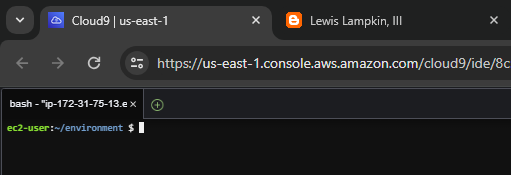Containing the Chaos! | A Three-Part Series Demonstrating the Usefulness of Containerization to HumanGov
Background HumanGov is a Model Automated Multi-Tenant Architecture (MAMA) that is meant to be used by the 50 states for personnel tracking. Currently the architecture requires Amazon Elastic Compute Cloud (EC2) instances that are maintained by the HumanGov systems administrators. The systems administrators handle all the patching, operations, etc. Due to states wanting their data separate from each other, each state gets a separate set of EC2 instances, which means that as the application scales from one state up to 50 states, the systems administrators will have to patch 50x as many EC2 instances. The system administrators report that they have begun to schedule more and more overtime to handle the maintenance windows for updating the EC2 instances. The lead developer remarked that it was taking longer and longer for new application deployments to get rolled out as the infrastructure grew and more states came on board. By the way, the development environment does not have standa...

